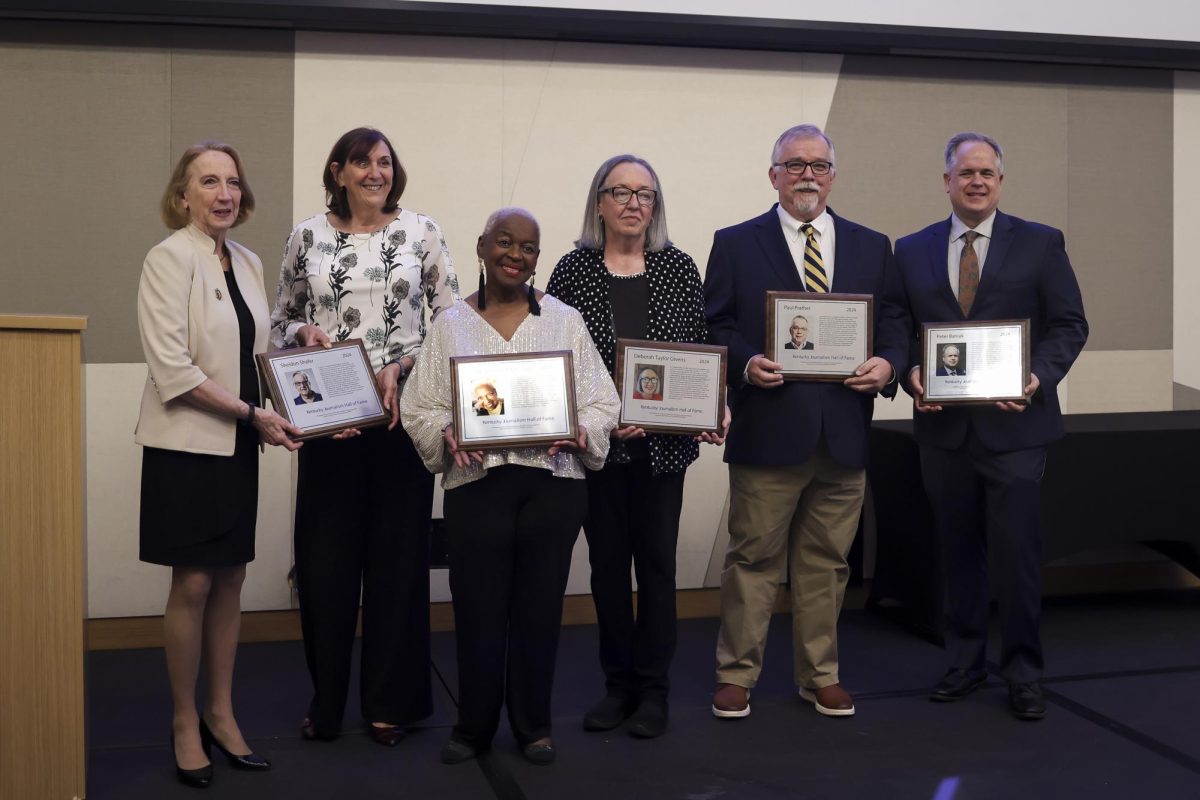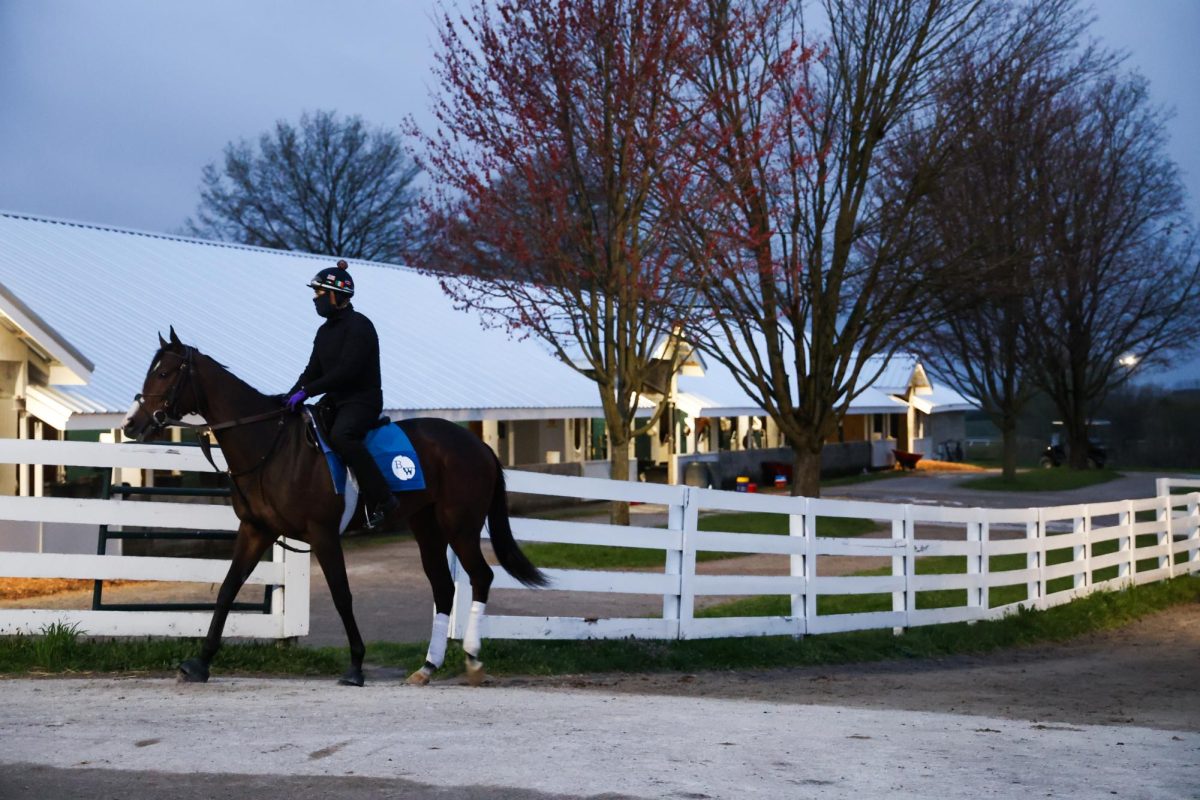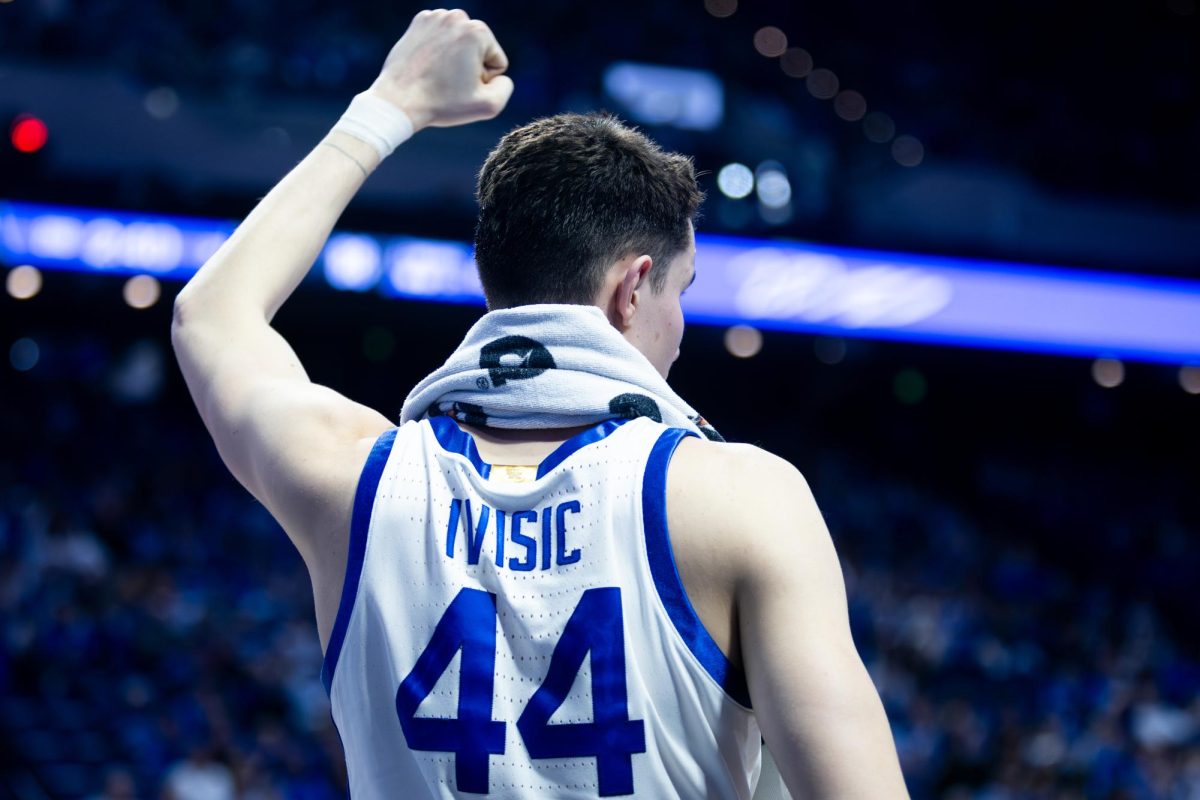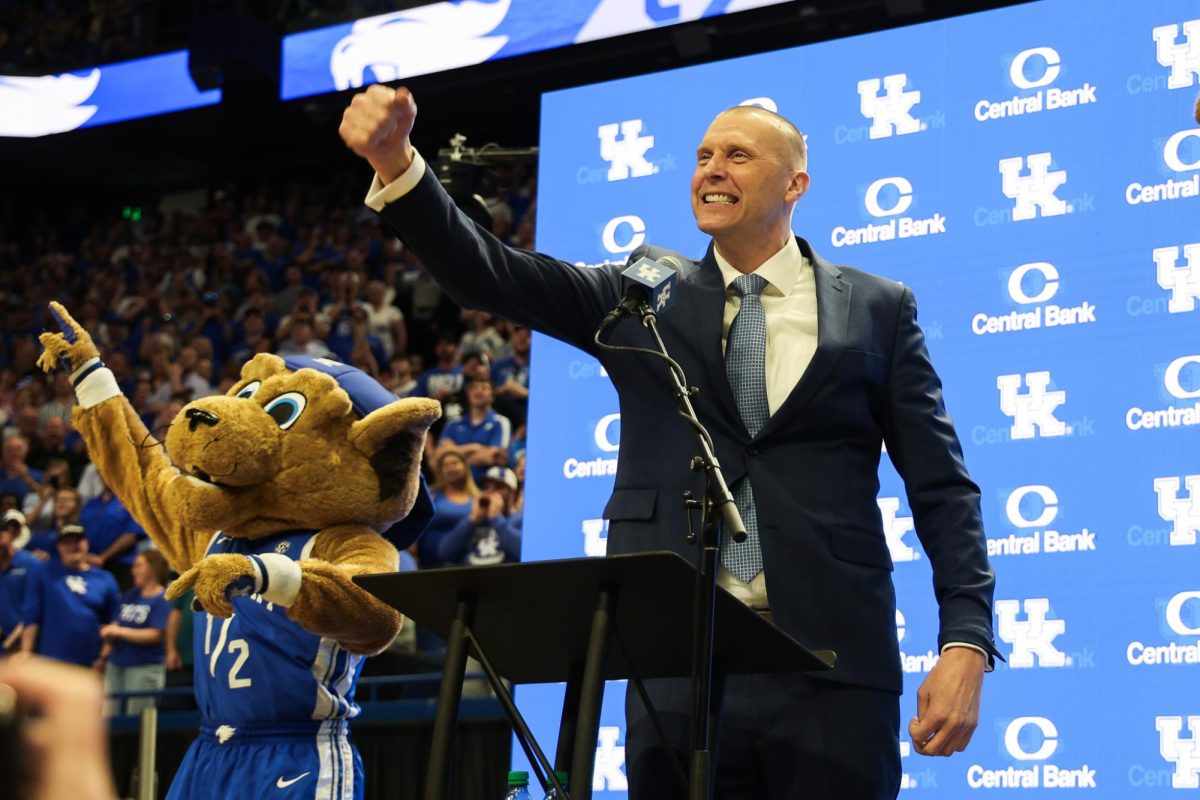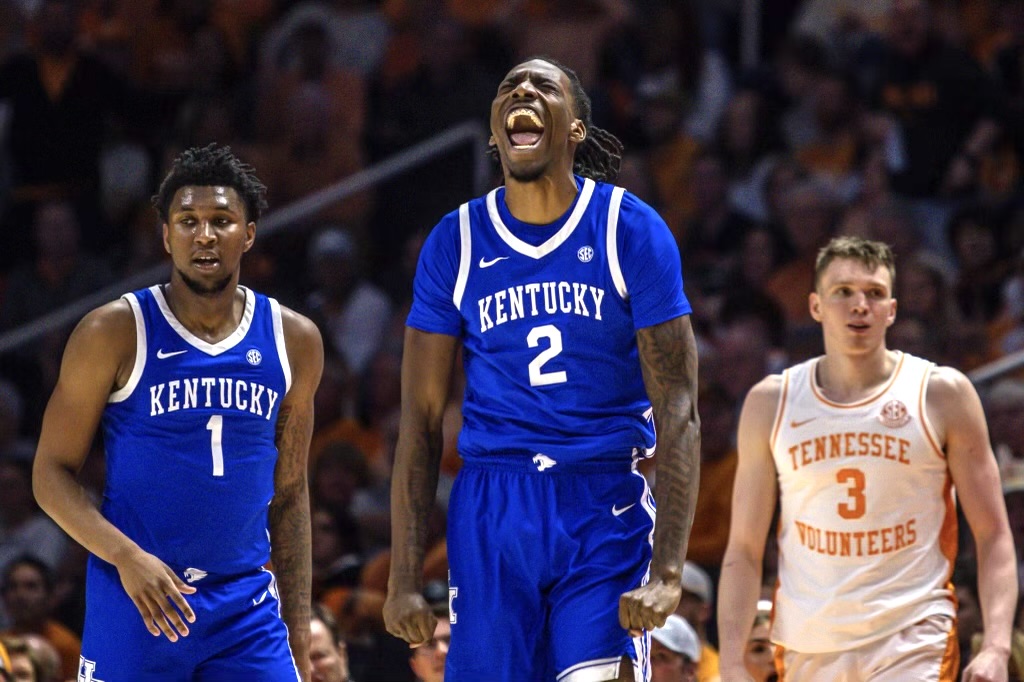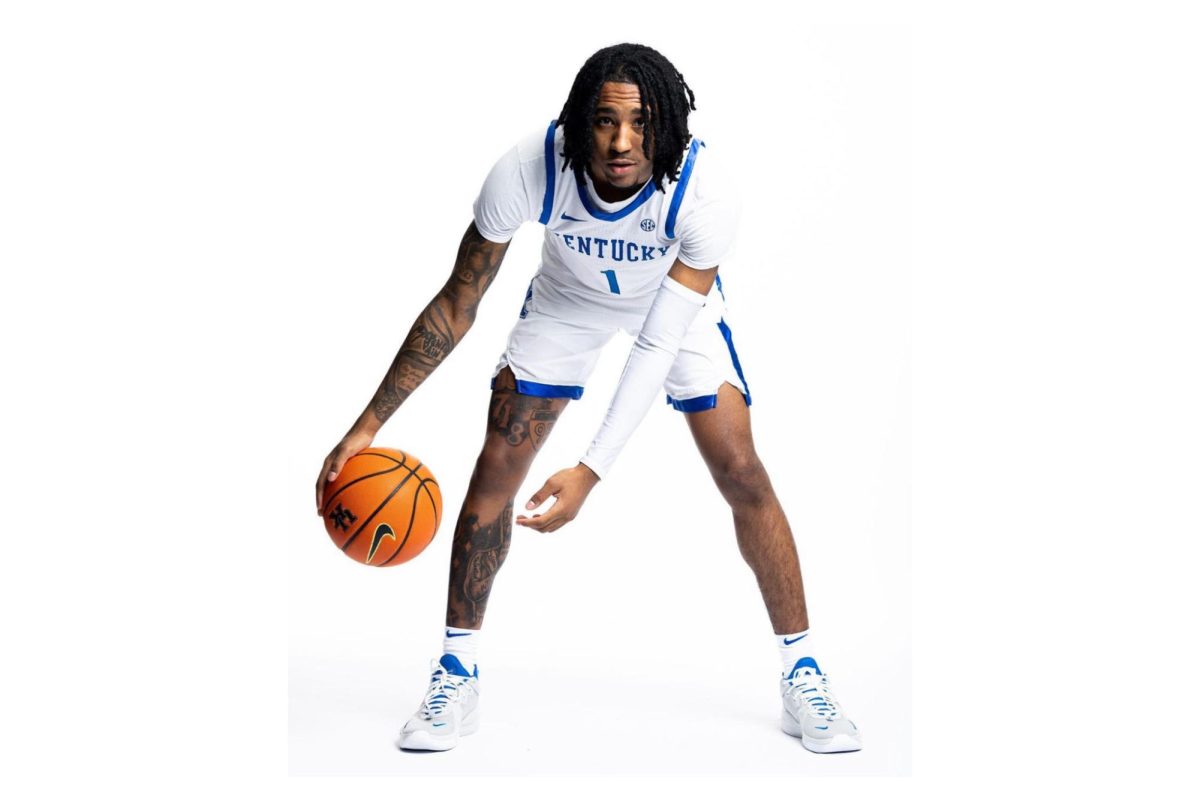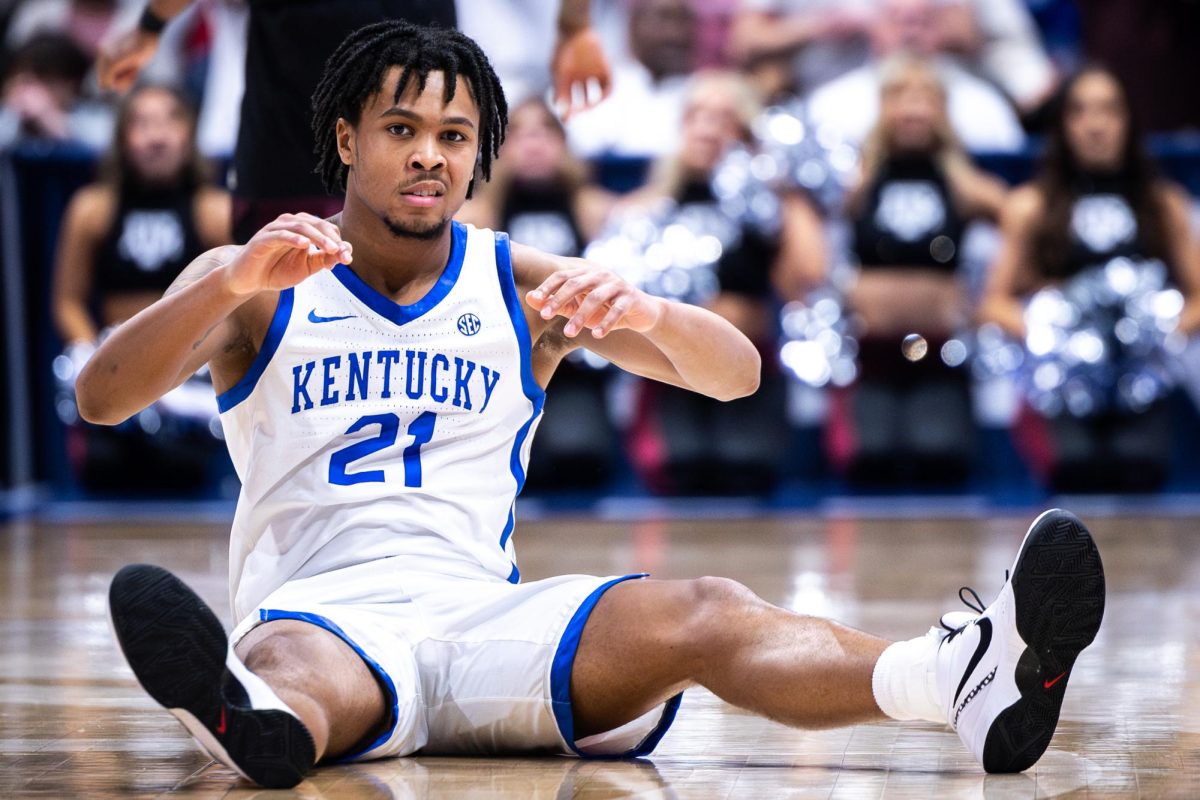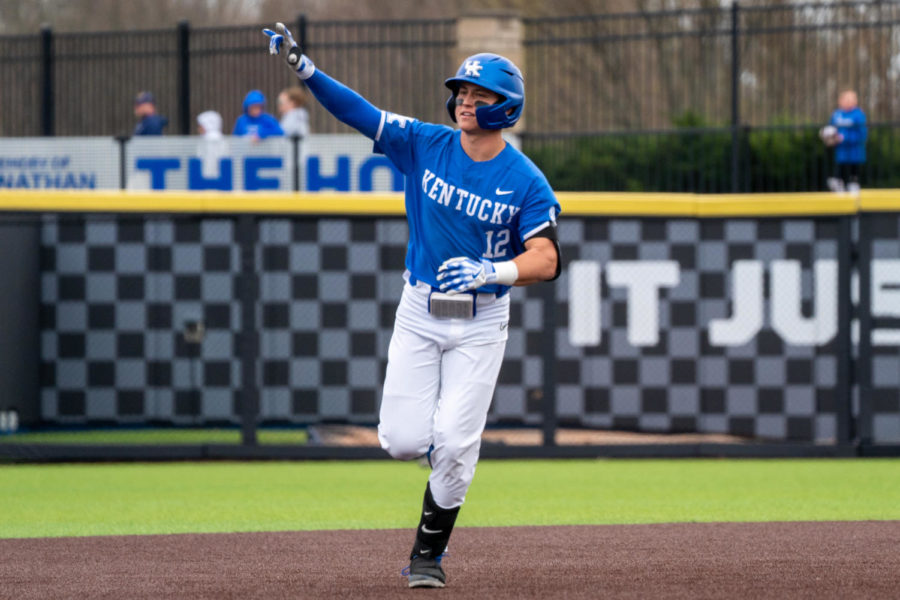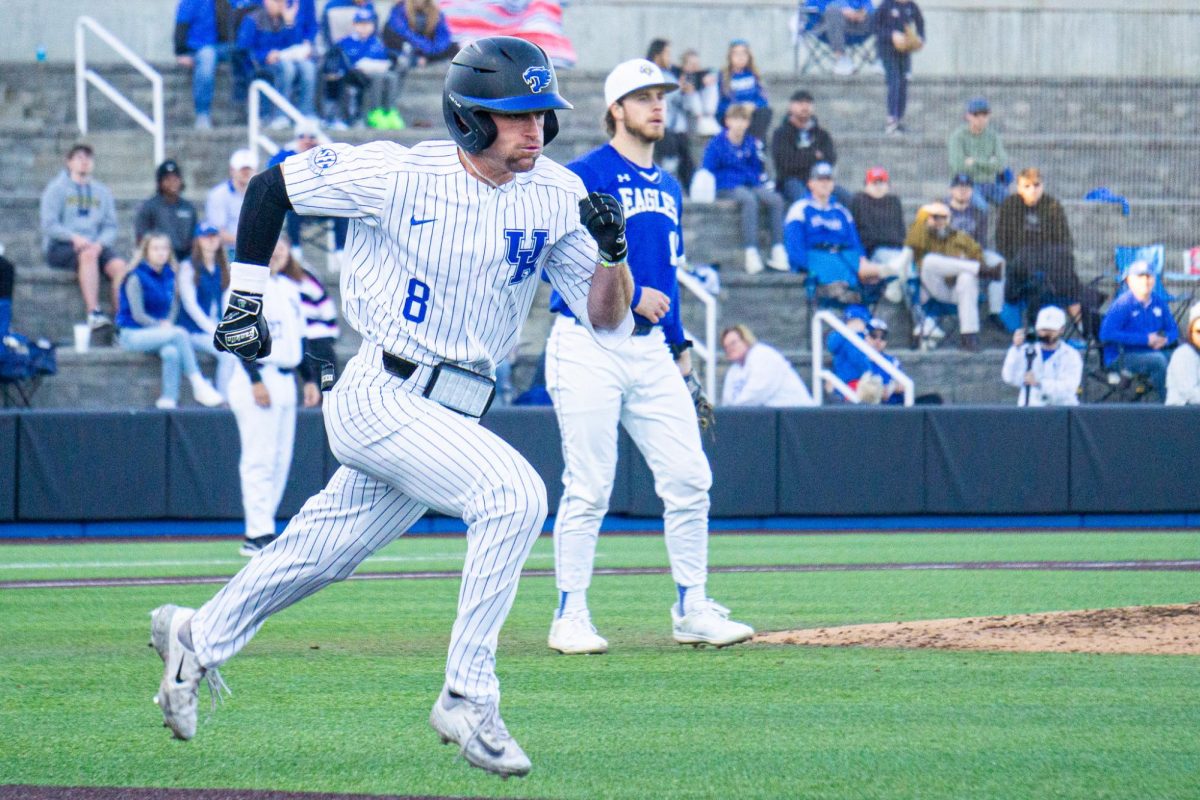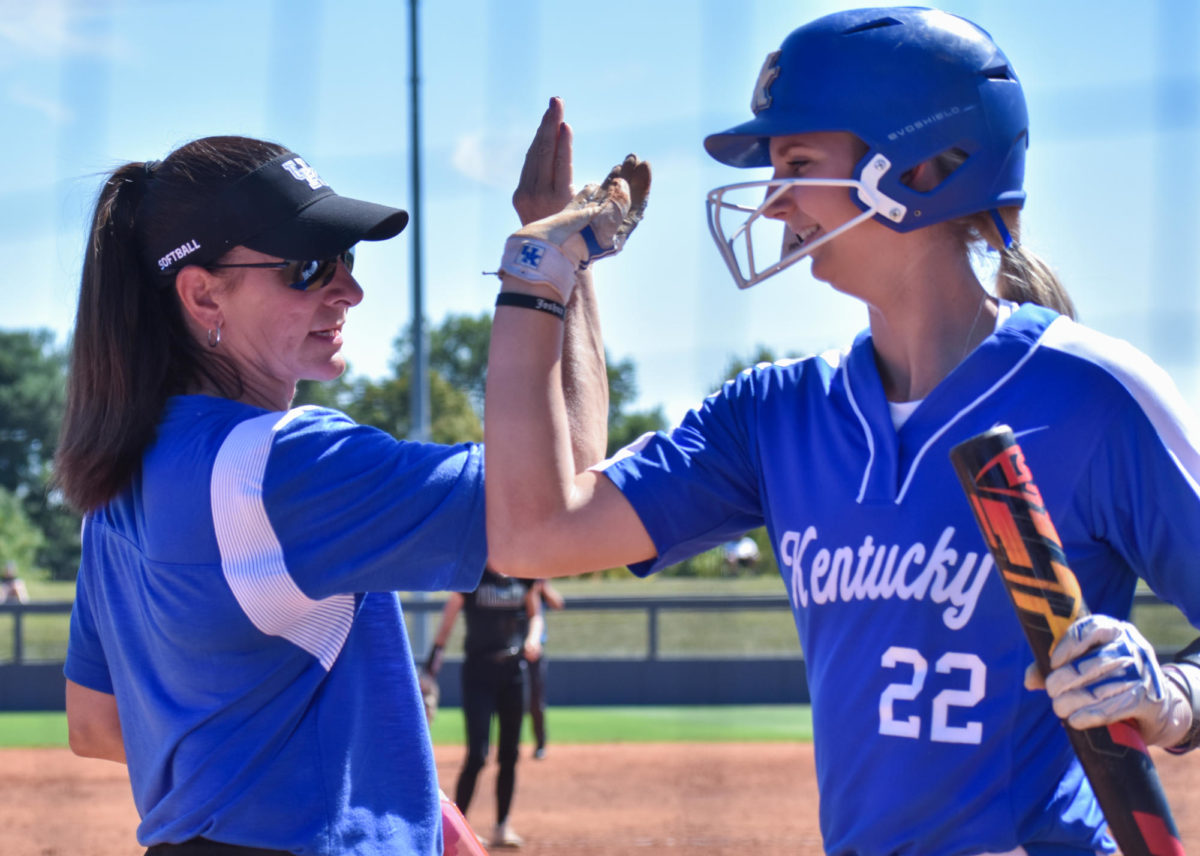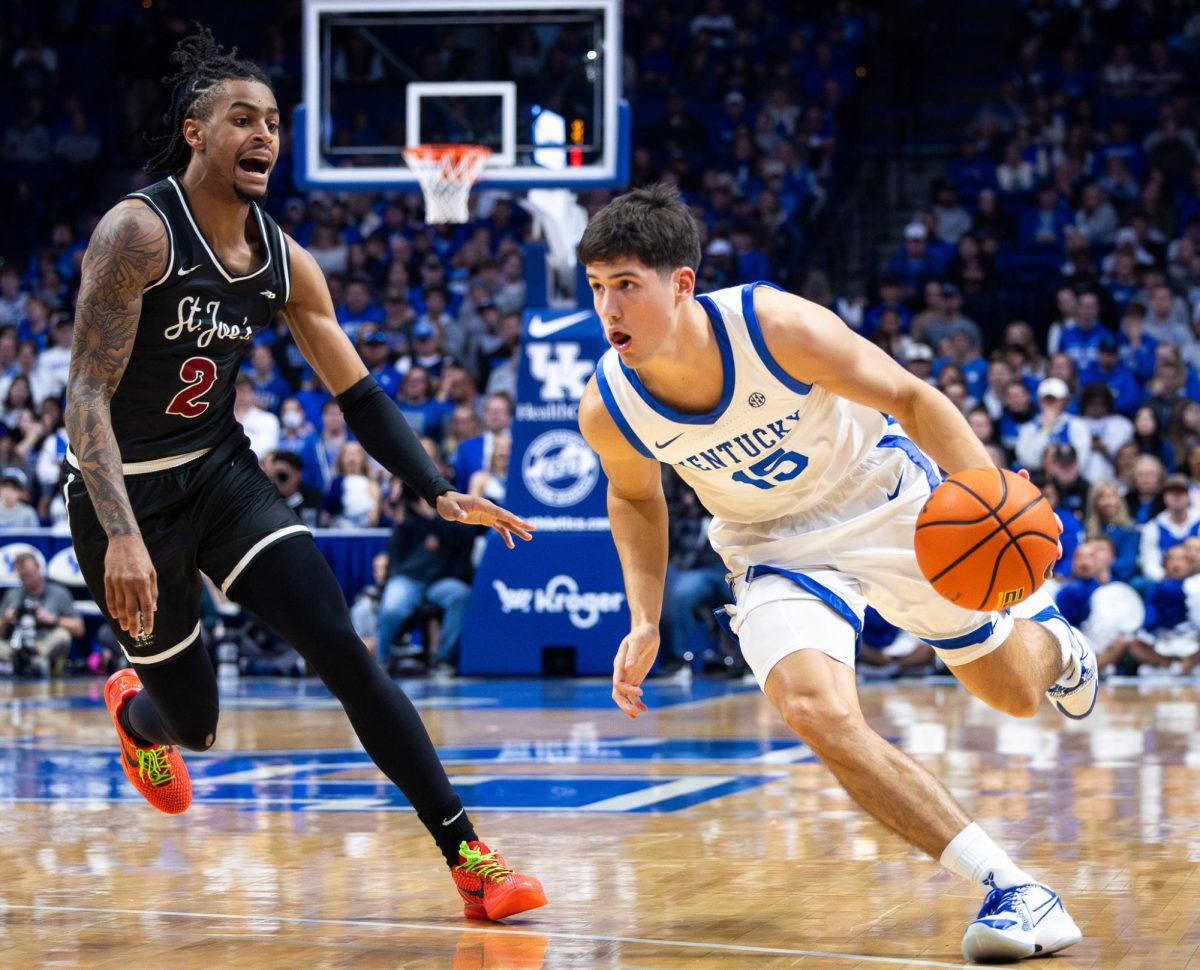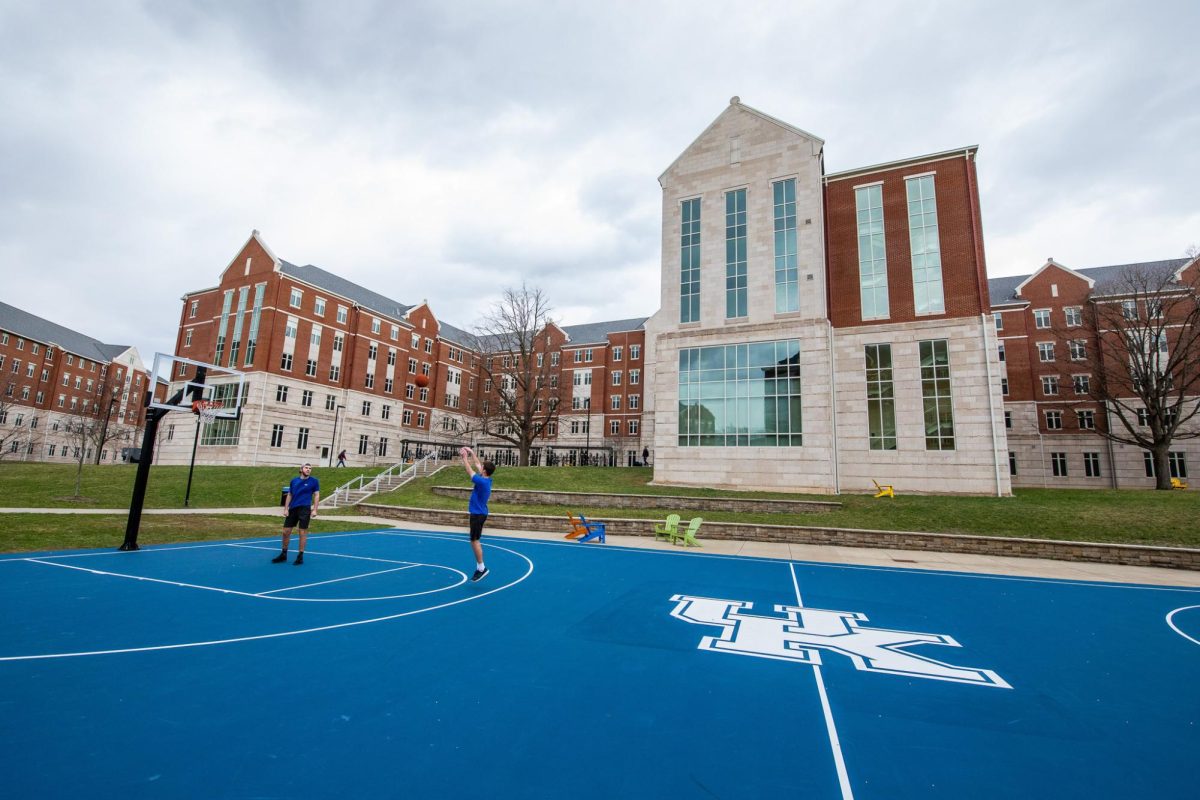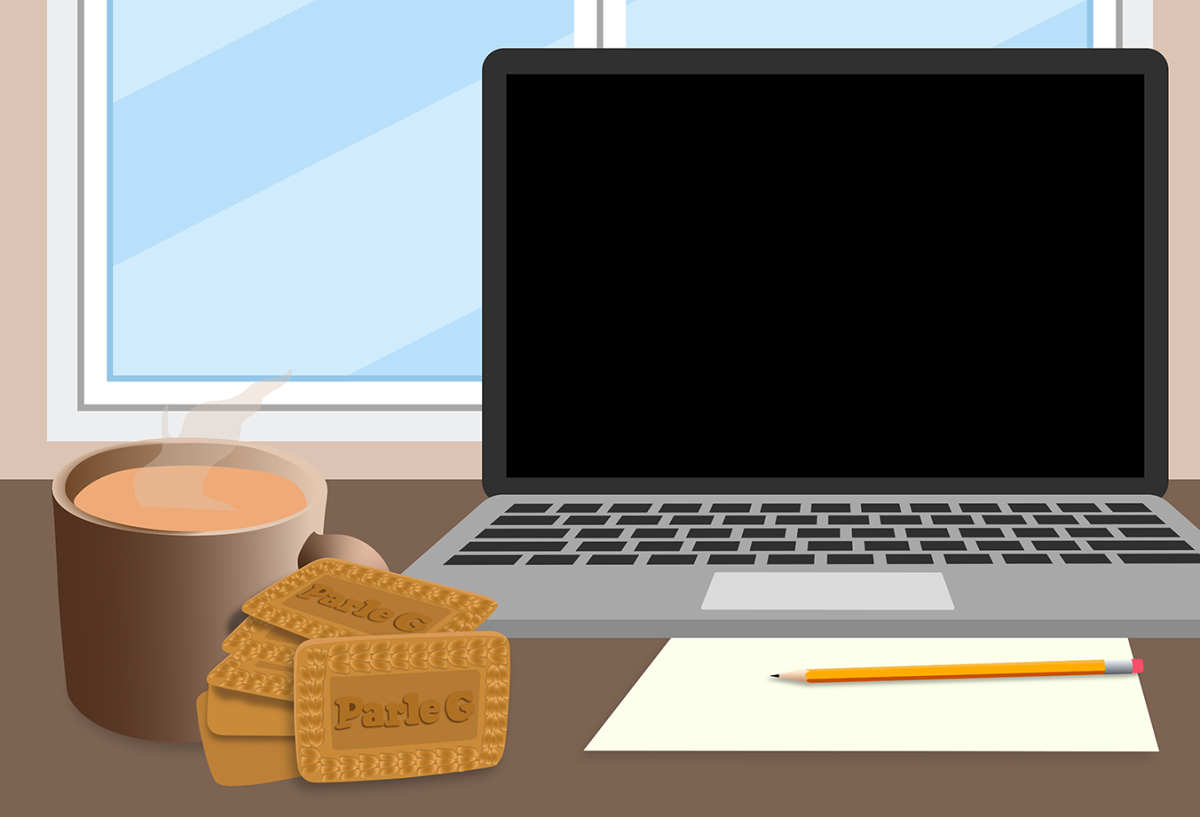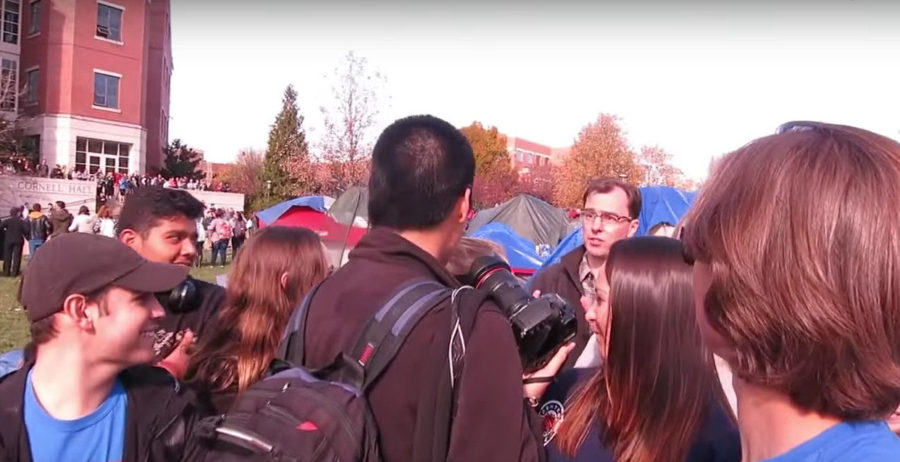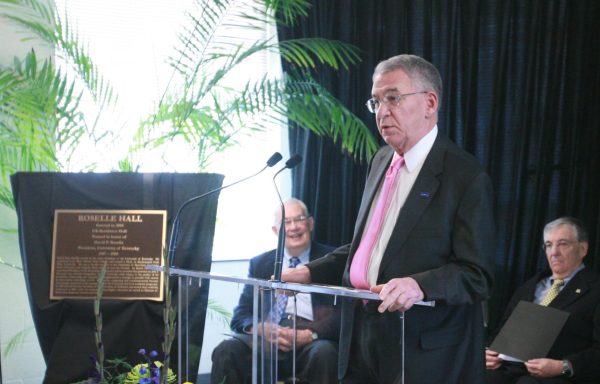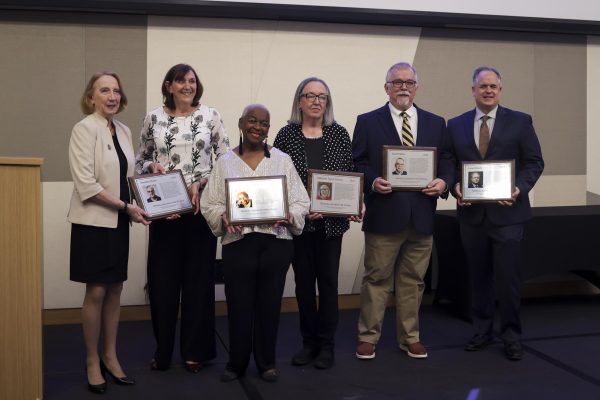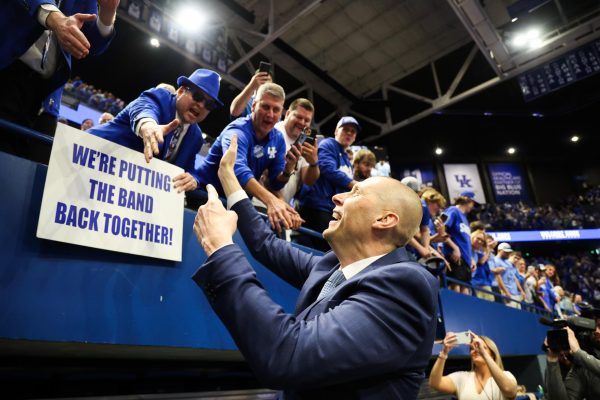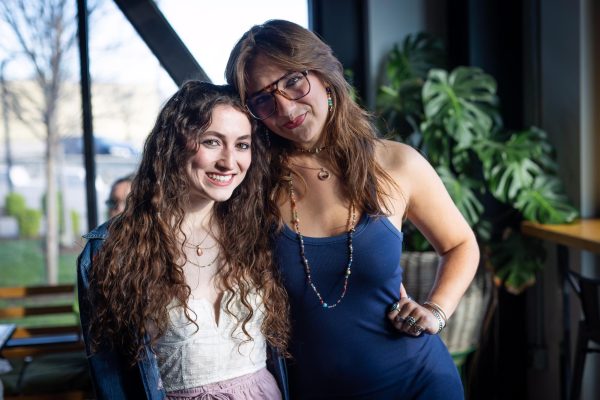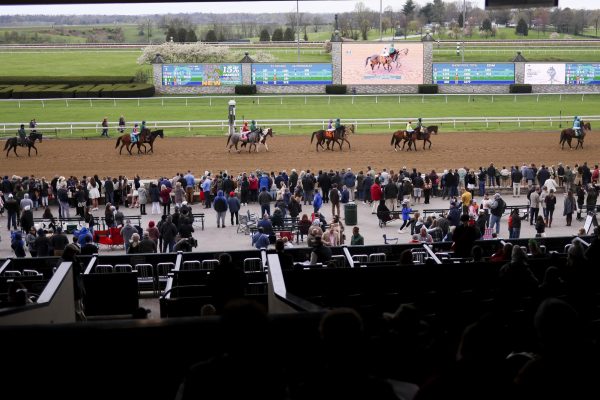Editorial: Photographer’s First Amendment rights blocked at Mizzou
November 17, 2015
Journalists are supposed to be champions of the First Amendment. No other law or regulation gives as much freedom to those in the media, and the protections given by it should not be casually discarded.
And yet we saw this happen at the University of Missouri, which has one of the oldest and most well respected journalism schools in the country.
Student protesters gave a demonstration after University System President Tim Wolfe resigned following allegations of apathy and lack of action toward instances of racism on Missouri’s campus.
During the demonstration student photojournalist Tim Tai was documenting the event for an ESPN story until the protesters, aided by faculty members, physically blocked him from doing his job.
Protesters yelled demands like “You need to back up” while they formed a wall of bodies to keep away Tai, who said he had a First Amendment right to cover the event.
Many racial, ethnic and religious minority groups in America distrust the media, and justifiably so. These groups look at the way certain media organizations such as Fox News have portrayed them, especially in certain circumstances.
Commentators went to great lengths to tarnish and degrade the images of Trayvon Martin and Michael Brown, something that is not typically reciprocated when the victim of a high profile death is white.
But media organizations have also historically been champions for equality, such as The New York Times Editorial Board supporting Martin Luther King Jr. during the Civil Rights Movement.
Journalists have a right to document public events happening at state universities. To restrain them is to impede their duties as mediators of information between public officials and the citizenry.
In blocking Tai, the protesters, especially the communications professor who knew better, only hurt their cause. If they had been more open to media coverage they would have had the chance to have their message pushed to a wider audience, but instead many are looking at them as inhibitors of free speech.
The true disgrace came from the university employees who joined the protesters in blocking off Tai. These employees should be encouraging involvement by student journalists and defending their right to practice journalism without First Amendment infringements.
The employees have since apologized and Melissa Click, the university employee seen in the video footage who tried to have Tai physically removed from the demonstration and at one point yelled out “Who wants to help me get this reporter out of here? I need some muscle over here.” Click resigned from her courtesy appointment at the university’s journalism school.
Hopefully this event will serve as a learning experience and give students the motivation to learn more about what actions are protected under the First Amendment, considering how vital it is to life at a public university.



